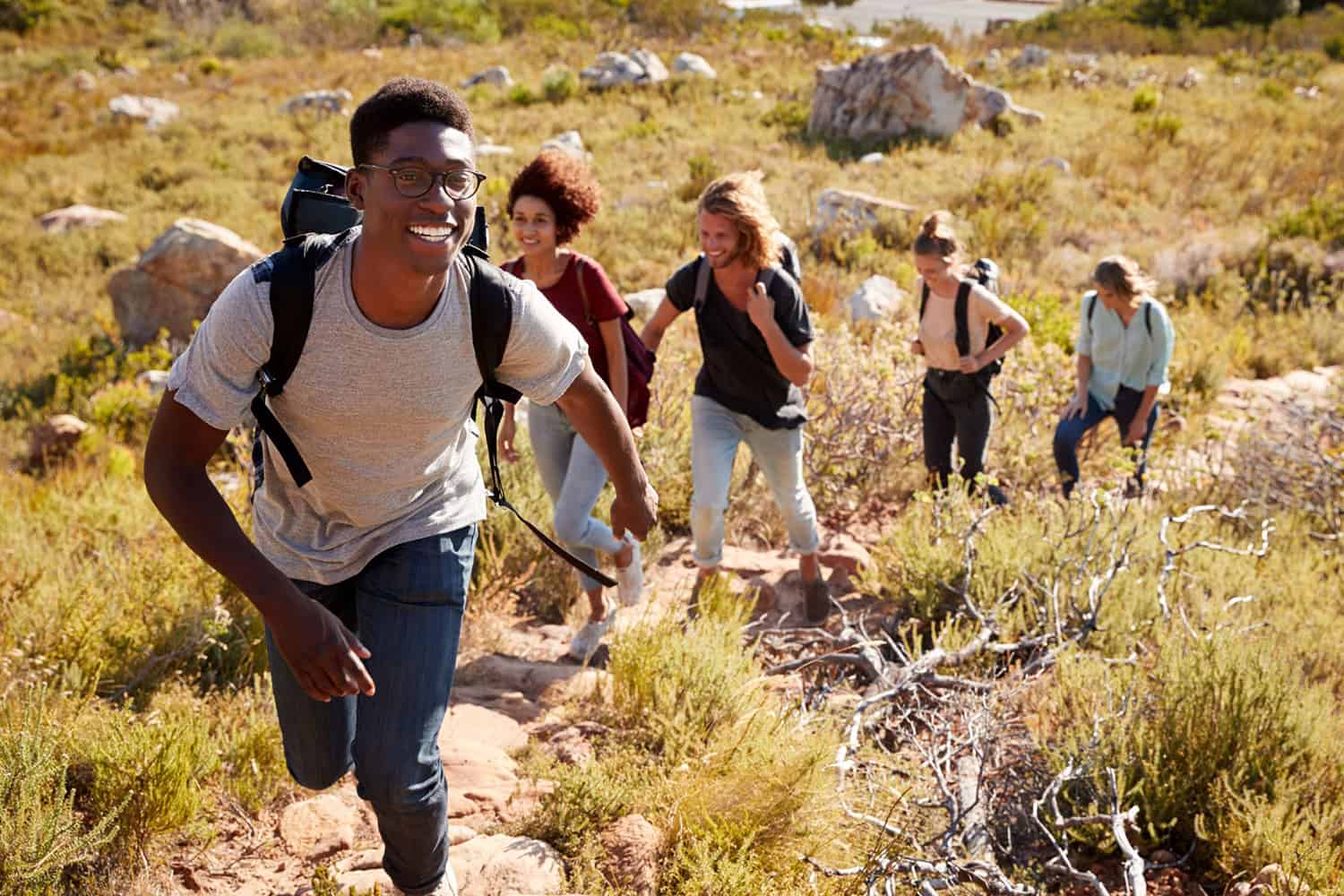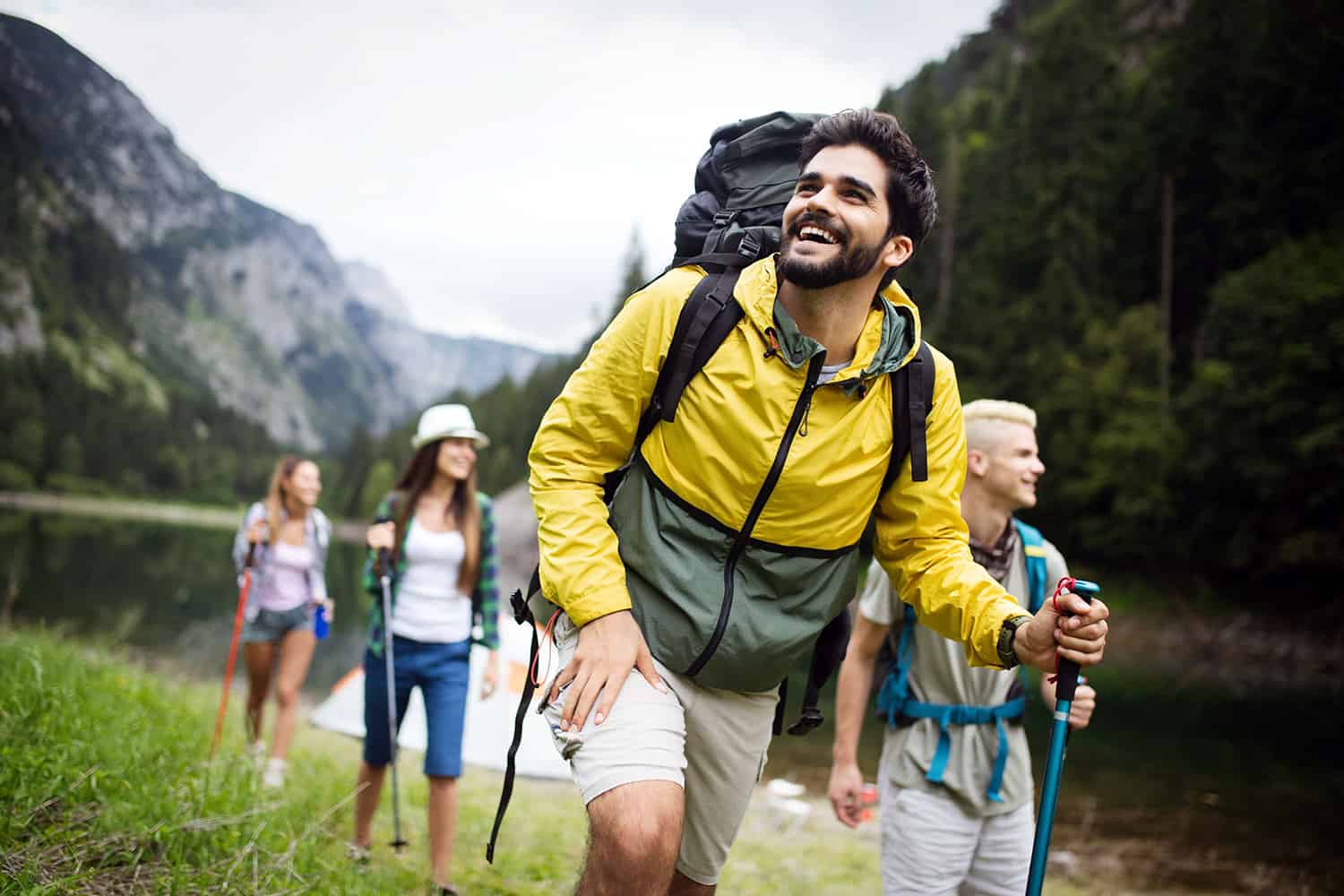One of the most popular outdoor adventures is hiking. Hiking allows you to spend quality time in nature and see incredible views. Besides exposing people to new terrains, it also has health benefits, as physical activity keeps you active and fit. According to Statista, the sports and outdoor market revenue is forecasted to reach USD$84.02 billion in 2023. Also, revenue is projected to grow at a compound annual growth rate (CAGR) of 9.48%, reaching a potential market volume of USD$120 billion by 2027. However, some hiking spots are home to many animals, including predators such as wolves, cougars, and bears. And while one of the joys of an outdoor adventure includes spotting these wild animals, it’s vital to take precautions to keep yourself safe from possible dangerous encounters. Therefore, below are some tips to consider to protect yourself from predators while hiking:
Pick the correct ammunition for self-defense
Before going hiking, it’s essential to understand the local predators you may run into and choose an appropriate firearm for quick protection in case of an attack. You can use a smaller caliber self-defense weapon for smaller predators such as coyotes. On the other hand, for bigger and thicker predators such as lions and wolves, you’ll require heavier caliber ammunition with more knockdown power.
Hollow points are generally more effective for big game hunting, for instance, deer. Hollow point bullets expand so quickly that they can stop the predator immediately upon impact. Also, they have less penetration and rarely pass through an animal, making you less likely to hurt another animal or person on the other side.
Research the local wildlife before hiking
Various predators react to humans in different ways. For instance, black bears can be scared off by making noise. On the other hand, grizzly bears can quickly charge at you the moment you seem like a threat. Also, bears are extremely fast and can instinctively charge at fleeing prey. In particular, black bears can sprint at high speeds of 35 mph.
Therefore, it’s vital to research the local predators in your hiking spot to understand how best to respond to their behavior. Generally, running is not advisable if a bear has noticed you. Instead, you should remain still, and if it doesn’t approach, you can slowly retreat until you’re a safe distance away. However, if you face an agitated attacking bear, you can use bear spray to repel them in a non-lethal and non-toxic manner.

Don’t encroach on animal’s space
Data shows that there are about 250 deaths in a year due to lion attacks, and it mostly happens when they feel threatened by human presence. Therefore, when you spot a wild animal at some point while hiking, it’s crucial to respect their personal space and not to frustrate them.
Ideally, if there are designated trails and viewing platforms at the destination, stick to them. And if not, you should be at least 100 yards away from any form of wildlife. However, you can make noise to let the animals know someone is around and avoid startling them.
Additionally, don’t provoke a mother who’s with her babies. Parents are naturally protective and may behave more aggressively if you come between them and their young ones. Lastly, if you’re eager to take pictures, remember to use the correct camera with a high focal length to get a good photograph from a safe distance.
Be extra careful during mating seasons
During mating seasons, the male predators may become more feisty to protect their partners. Therefore, you should be extra vigilant by giving the animals lots of space. Also, it’s best to avoid hiking at dawn or dusk since many predators are very active at these times. And if you have to, it’s recommended to use large flashlights to scare them off or an animal deterrent like bear spray to protect yourself in case of an unpleasant encounter.
Leave no trace of food behind
If you’re camping, leaving backpacks or food containers lying around may attract predators to your campsite. Therefore, while hiking, you should lock all edibles in bear-resistant food storage containers and clean up all crumbs at the camp. Additionally, never share your food with wild animals since they can view you as a potential food source resulting in attempted attacks.
Hike in groups
Predators mainly target loners as their prey. Therefore, it’s best to hike in groups of at least three and stay together, especially in dangerous animal zones. Also, you can hire guides since they’re more familiar with trails and know the precautions to take when encountering predators. Besides, they’ll equip you with the right gear appropriate for outdoor adventure.
Also, if you go hiking with your dog, keep it on a leash to prevent provocative behavior toward predators. For example, off-leash dogs may chase wild animals, making them feel threatened and prompting an attack.
Conclusion
Hiking is one of the best outdoor activities to consider, especially if you’re in love with nature. However, it also comes with risks since you may encounter dangerous predators who may see you as prey. Therefore, the above are some ways to keep yourself safe in such situations. Altogether, maintain a safe distance from predators while exploring to prevent unpleasant interactions.

